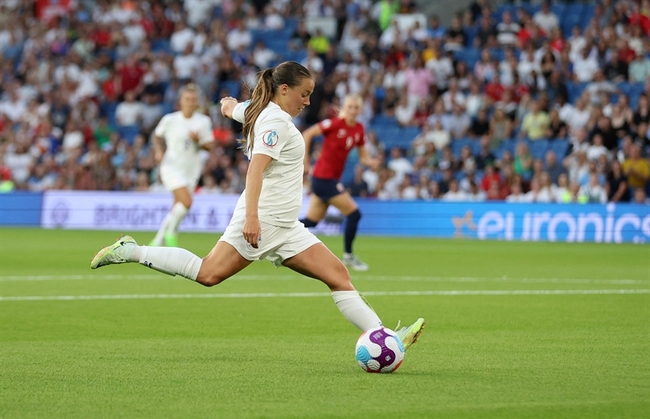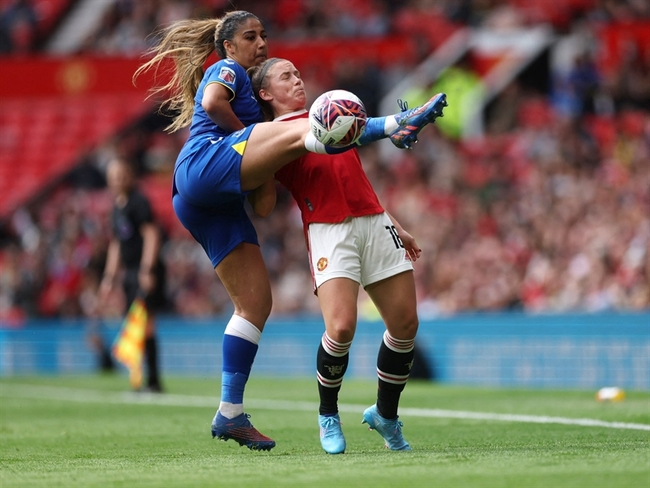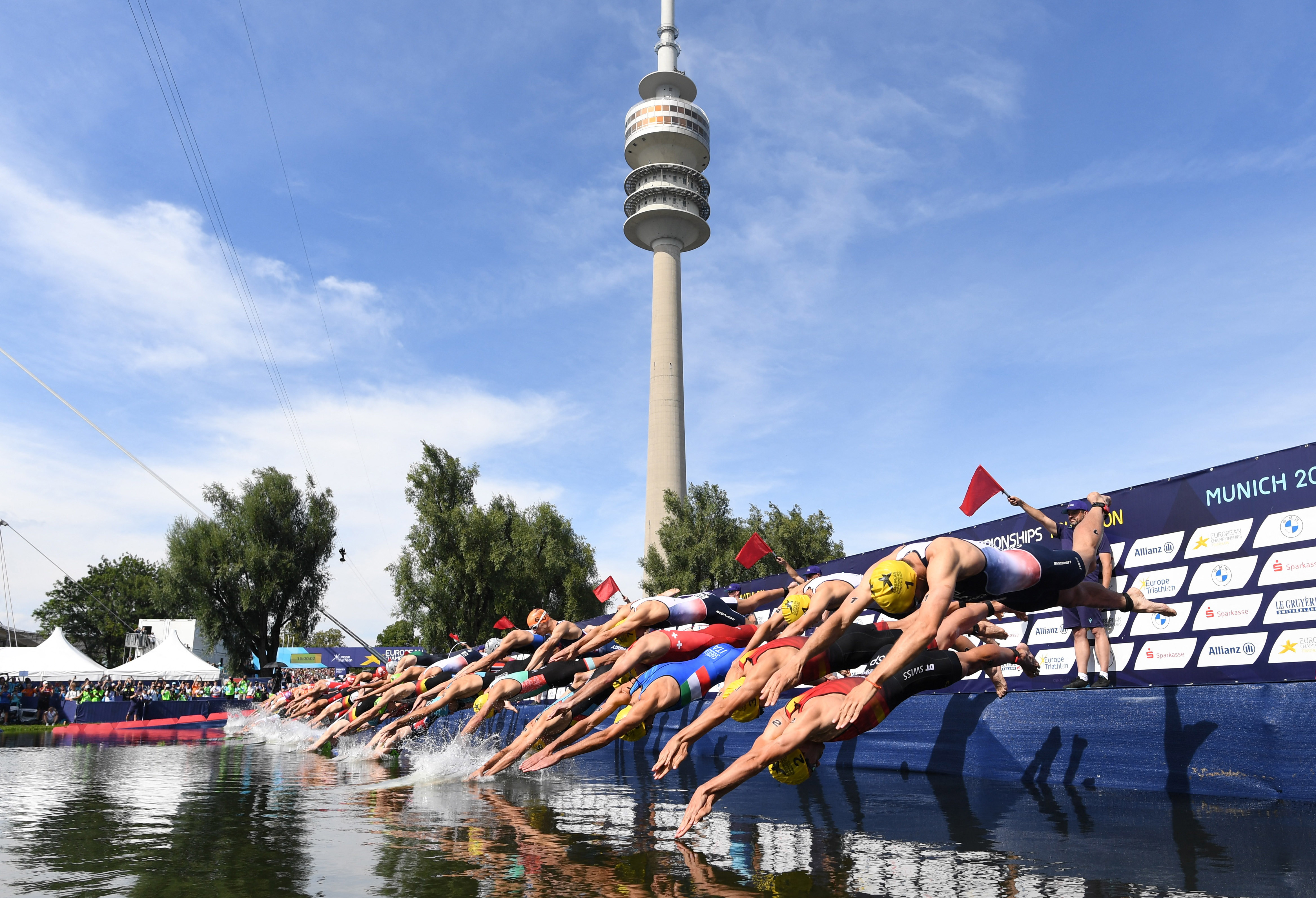You are viewing 1 of your 1 free articles
Treat the film or the feeling - a review of middle-aged runners

Recreational running is simultaneously held to be the savior of our inactive population and the cause of most musculoskeletal woes. Which is true? Two late-2019 studies present interesting perspectives on this issue.
The first, conducted by the Department of Sports Medicine at Goethe University in Frankfurt, surveyed 720 runners participating in a corporate-sponsored 3.5-mile run(1). One-fourth of the participants were first time runners; most were 20 to 40 years old, and 25% classified themselves as having a low (less than 5000 steps per day) level of baseline activity. Three-quarters of the population approached this event as a ‘fun run’ citing the social interaction with their co-workers and team-building aspects of the race as their primary motivation for participation.
Almost 25% of the participants reported pain before the event. The mean pain intensity at rest was 3.2 out of a 10-point pain rating scale, with a standard deviation of 1.7 out of 10. According to the authors, pain greater than three on a 10-point scale is considered clinically relevant. This level of pain was present in over one-third of the participants with complaints of pain at rest and nearly 75% of complaints when running. Almost half of the runners with pain complained of discomfort in the knee joint. Other areas of pain included the low back, foot, and hip.
The survey included questions about beliefs toward injury prevention. Subjects chose stretching and correct shoe selection as the most important strategies to prevent injury. Runners believed resistance and balance training were only slightly more effective at preventing injuries than wearing insoles and self-massage using a foam roller.
This large-scale study reveals several telling points about the recreational athlete. Firstly, they are largely drawn toward an activity based on the availability of social interaction. This need for connection and community in sport explains the popularity and success of programs like Park Run. Of those who participate in such events, like the corporate-sponsored run in the study, many are otherwise relatively inactive. In addition, they complain of clinically significant levels of pain, particularly in the knee joint, and lack correct information as to how to prevent injury.
Will running make the knee pain worse?
Researchers in London acknowledge that running training corresponds with up to 90% of musculoskeletal injuries(2). They concur that the area most cited as a problem for runners is the knee, especially the patellofemoral joint. However, the question of whether or not running is bad for knee health remains unanswered. Therefore, they designed a study that evaluated the knees of marathon trainees both six months before and several weeks after running a marathon.The study used 3T MRI to scan both knees of 83 novice and asymptomatic marathon runners before they began a standardized training program. As in the Frankfurt study, these subjects were primarily middle-aged. Seventy-one of them returned for the follow-up MRI several weeks after the marathon event. Thirty-one of the runners didn’t complete the training, and 11 of those received a post-event MRI. These non-runners served as a type of ‘control’ in the study. The researchers compared the change effect of actually training for and running the race to those who didn’t complete the training (see table 1).
| Pre-training MRI evidence of pathology | Runners who completed the race | Non-runners who dropped out of training |
|---|---|---|
| Meniscus tear | 36% | 27% |
| Articular cartilage damage | 65% | 68% |
| Bone marrow edema | 41% | 41% |
| Tendon injury | 42% | 23% |
| Knee ligament lesion | 42% | 32% |
| Joint effusion | 52% | 50% |
| Baker's cyst | 34% | 41% |
| Prepatellar bursitis | 25% | 27% |
| ITB friction syndrome | 2% |
Key Findings
Astonishingly, at least 2/3 of the knees evaluated in the asymptomatic runners showed some pathology, and yet the runners had no complaints of pain or dysfunction. Some of these showed worsening after participation in a training program and marathon, but some got better. Specifically, the subchondral bone of the medial compartment of both the tibia and the femur showed less bone marrow edema after the race. This improvement may demonstrate the protective and healing properties of exercise in the treatment of osteoarthritis.None of these injuries stopped the participants from finishing the race, including tears in the meniscus and lesions in the ligaments (ACL, MCL, and LCL). The presence of pathology didn’t impact the completion time either, with a mean finishing time of five hours and 20 minutes for the running cohort. Only two of the non-runners sited non-specific knee pain as the cause for dropping out of the training program.
Concerning meniscal injuries, the marathon training did not worsen the pre-existing meniscal tears. This evidence suggests that athletes with asymptomatic meniscal tears treated conservatively can still lead an active lifestyle.
Rectifying the two studies
Both studies included a population of middle-aged novice runners. One group trained for a short social run while the other a marathon. One demonstrated clinically relevant pain with no known pathology (although not clinically examined nor imaged), while the other showed significant pathology without any pain or dysfunction.The significant point for the clinician is that the evidence of pathology on imaging does not always correlate with function. An athlete can look terrible ‘on paper’ but carry on swimmingly in life. Conservative treatment does not prohibit an active lifestyle. On the other hand, those who perceive pain are more likely to show a decreased level of function, even without a known cause. In addition, recreational runners need good information regarding injury prevention and management. A physio’s job, therefore, is to treat the person, not the film. The evidence continues to show that one of the best ways to do this is through exercise, even running.
References
- Int J Environ Res Public Health. 2019;16:3766
- BMJ Open Sp Ex Med. 2019;5:e000586
Newsletter Sign Up
Subscriber Testimonials
Dr. Alexandra Fandetti-Robin, Back & Body Chiropractic
Elspeth Cowell MSCh DpodM SRCh HCPC reg
William Hunter, Nuffield Health
Newsletter Sign Up
Coaches Testimonials
Dr. Alexandra Fandetti-Robin, Back & Body Chiropractic
Elspeth Cowell MSCh DpodM SRCh HCPC reg
William Hunter, Nuffield Health
Be at the leading edge of sports injury management
Our international team of qualified experts (see above) spend hours poring over scores of technical journals and medical papers that even the most interested professionals don't have time to read.
For 17 years, we've helped hard-working physiotherapists and sports professionals like you, overwhelmed by the vast amount of new research, bring science to their treatment. Sports Injury Bulletin is the ideal resource for practitioners too busy to cull through all the monthly journals to find meaningful and applicable studies.
*includes 3 coaching manuals
Get Inspired
All the latest techniques and approaches
Sports Injury Bulletin brings together a worldwide panel of experts – including physiotherapists, doctors, researchers and sports scientists. Together we deliver everything you need to help your clients avoid – or recover as quickly as possible from – injuries.
We strip away the scientific jargon and deliver you easy-to-follow training exercises, nutrition tips, psychological strategies and recovery programmes and exercises in plain English.










